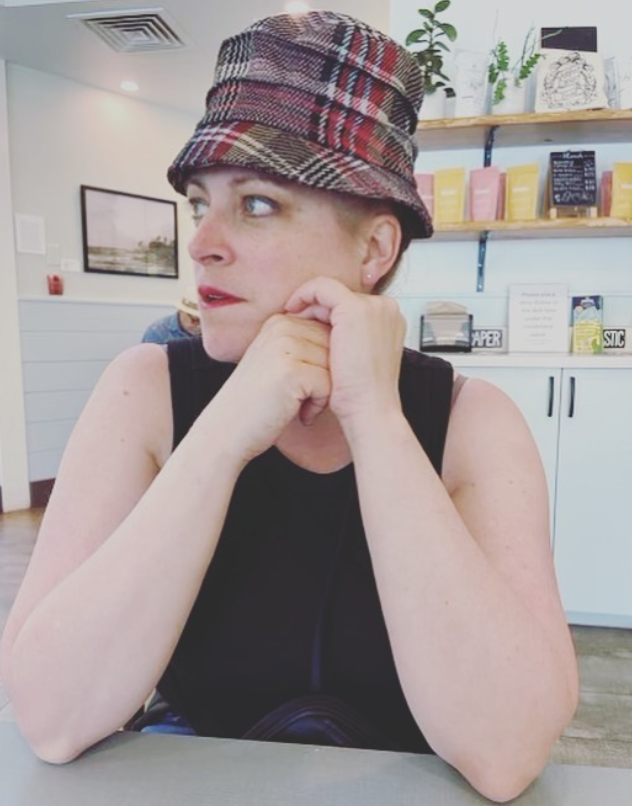Part One: Twitter for Educators…The Only Guide You Will Need
I work with many teachers.
They love Pinterest.
Twitter… not so much.
It got me to thinking how I could explain Twitter so that they would try it.
So here is what I came up with…when in doubt go the pop culture route! (pronounced “Rowt” in an effort to be clever and whimsical.)
SCROLL down to getting started with Twitter if you are anxious and on a timecrunch.
But for those who want the full story…here are the differences between Pinterest and Twitter…
There is a difference in effort.
Pinterest is like sitting in hot tub. (relaxing)
Twitter is like lane swimming in a pool. (invigorating with some effort)
And they look different…
Pinterest is all about the pictures.
Twitter is all about words.
And they are for different things.
Pinterest is all about Show and Tell.
Twitter is all about conversation and building a professional learning network.
It’s not to say that they don’t overlap. They do. But I think you do need both.
Getting Started with Twitter
1. Sign Up at Twitter.com
Think of your username as your namecard. Who are you?
Tips
- Use your real name. Why? Because it’s professional and because @Tootie or @Macgyver are from the 80’s and you don’t want to date yourself.
- If your name is taken, add a middle initial, or two.
DO THIS NOW!
RECAP… you are now in a giant “cyber” room, with your name tag on, standing around self consciously like you are at a high school dance.
You need to find some friends…
2. Find some friends.
Tips
- Old school ….In the search feature (see below) look up real friends. The ones you have met in …the REAL world. GASP!
- New school…Check out the “who to follow” section (bottom left of picture below). Twitter suggests friends for you.
- For both old school and new school discoveries follow these steps to add them to your list.
- A profile will enlarge.
Are their profiles interesting?
Would you invite these people to dinner? …or have a conversation with behind a locked screened door?
NOTE: Relax. This isn’t lifematch or e-harmony. These are not forever friends. This is not to say that some might become really good friends in time but you can always unfollow them. There is no limit to who you follow. Eventually you will have a whole assortment of followers
- 2. Press the follow button.
.
RECAP…You are now in a giant “cyber” room, with a name tag on, with a small group of friends, wondering what to say…
Next Post:
Tweet Language! Composing a Tweet that would even impress John Tesh!
Until Next Time,
Lit Maven Out!
http://feeds.feedburner.com/TheLitMaven















